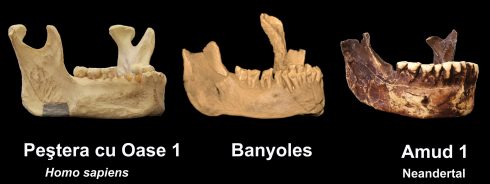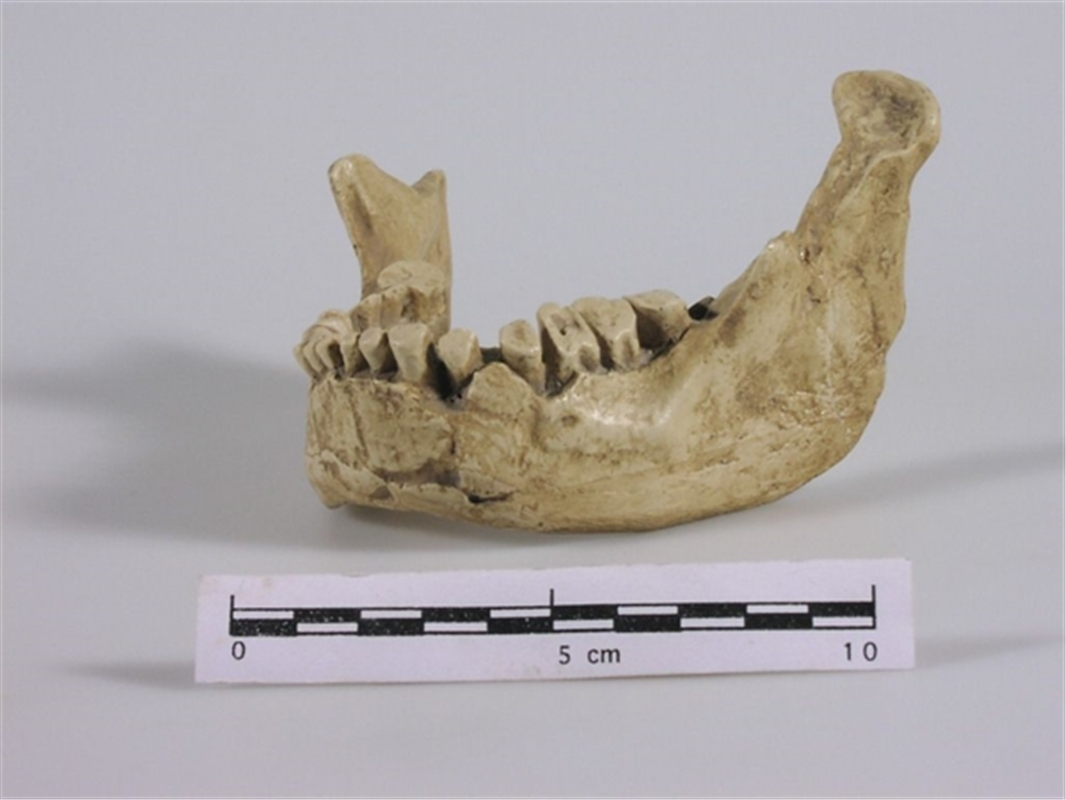A jawbone dug up in the Banyoles area of Catalunya in 1887 might just be the earliest example found of Homo sapiens in Europe-and it could even be a new species.
The bone had long been thought to be of Neanderthal origin due to its age and where it was found, along with the fact it was missing a chin- a key feature of Homo sapiens.
Now American scientists using 3D technology are rewriting that assumption and say the bone could even be part of a previously unidentified human species.
Researchers from New York’s Binghamton University have ‘reconstructed’ the jaw with scanning and imaging equipment.
The bone was discovered during quarrying in Banyoles and has been studied by researchers over the past century.
The fossil dates to between approximately 45,000 to 65,000 years ago, at a time when Europe was occupied by Neanderthals.
The new study relied on virtual techniques, including CT scanning of the original fossil.
This was used to virtually reconstruct missing parts of the fossil, and then to generate a 3D model to be analysed on the computer.
The authors applied a methodology known as “three-dimensional geometric morphometrics” that analyses the geometric properties of the bone’s shape.
This makes it possible to directly compare the overall shape of the Banyoles jawbone to Neanderthal and Homo sapiens equivalents.

Binghamton student Brian Keeling said, “Our results found something quite surprising – the Banyoles fossil shared no distinct Neanderthal traits and did not overlap with Neanderthals in its overall shape.”
While Banyoles seemed to fit better with Homo sapiens in both the expression of its individual features and its overall shape, many of these features are also shared with earlier human species, complicating an immediate link to it being to Homo sapiens.
Also the fossil lacks a chin, a characteristic feature of Homo sapiens mandibles, which means that a new type of Homo sapiens may have been identified.
READ MORE:
- Saving face: Earliest ever European skull discovered in Spain
- Cave paintings and jewelry deemed too old to be made by Homo Sapiens
- Discovery by Spanish team indicates neanderthals came to Spain much earlier than thought











